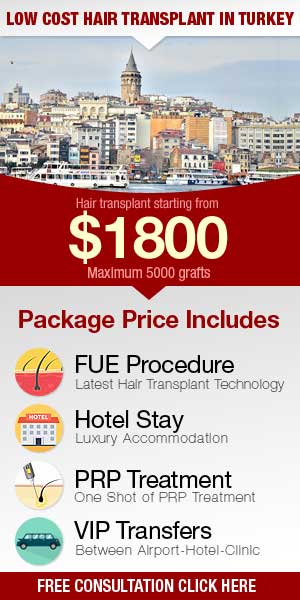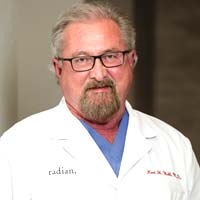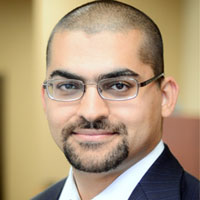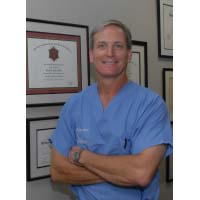ACell to Stem Cell: Latest in Hair Transplant Technologies
Hair transplant technologies are evolving from the traditional strip
method to the cutting edge technologies including follicular unit
extraction (FUE) assisted by robots. Recently Marco Barusco, the new
chairman of the American Society of Hair Restoration Surgery (ASHRS)
identified some of the latest and upcoming hair transplant technologies
that revolutionize this area of cosmetic surgeries.
Some of the
latest and most advanced hair transplant technologies identified by Dr.
Barusco include HypoThermosol, ACell, Robotic Surgery, and Stem Cell
treatment.
HypoThermosol: HypoThermosol helps hair surgeons
preserve the tissues for transplant. Once the hair is extracted from the
donor area, it needs to be transplanted immediately. Delay in
transplant will cause the cell to die out. To prevent this,
traditionally hair surgeons depend on regular saline to preserve the
tissue. However, according to Dr. Barusco, HypoThermosol has the best
composition to keep the hair tissues live longer. It’s the best way to
improve the overall results of hair transplant.
ACell: ACell,
also known as Matristem, speeds up wound healing and hair growth.
According to New York Hair Loss Web site, ACell attracts Adult Stem
Cells to the site of injury and converts them into active progenitor
cells. ACell also creates non-crosslinked temporary scaffolding for the
tissue reconstruction mimicking the surrounding healthy but damaged
tissue. This scaffolding releases growth components such as VEGF as well
as necessary materials for remodeling including Collagen IV.
Robotic
Surgery: Robotic assisted hair restoration surgery is gaining
popularity. The most popular among robot-assisted hair transplant is the
ARTAS system. This method helps more effectively isolate follicular
unit grafts from the donor area of the scalp without causing damage to
individual follicles. However, most other parts of the surgery have to
be performed by the physician and team – including the removal of
follicular units, preparation of the recipient area and graft placement.
Stem Cell Research: Stem cells are the latest advancements in
medical technologies. Stem cells can be used to “clone” hairs. Stem cell
technology is especially beneficial to people who were
not
candidates of hair transplant earlier because they lacked enough donor
hair. Several researches are underway to explore the opportunities of
stem cell technology in hair transplant. A recent research has found
that bald and haired tissue contains equivalent amounts of preserved
stem cells, which give rise to progenitor cells. Bald tissue, however,
did not contain the normal amount of progenitor cells, suggesting a
malfunction in the normal behavior of hair follicle stem cells. The fact
that stem cells themselves are not destroyed but rather are
malfunctioning makes the treatment possible, the report said.
Dr.
Barusco is a renowned hair transplant surgeon with over 12 years of
experience. He also serves as a member of the Board of Trustees of the
American Academy of Cosmetic Surgery (AACS), a member of the Board of
Directors & Examiner of the American Board of Hair Restoration
Surgery (ABHRS), and Chief Section Editor for Hair Restoration of The
American Journal of Cosmetic Surgery (AJCS). He is also the founder of
Tempus Hair Restoration.
HairFear
Frequently asked questions about hair transplant procedures
How much does a hair transplant cost?
Hair transplants can vary in price based off of the area in the world that you are interested in getting a hair transplant as well as the size of the area where you may need a hair transplant. Experienced doctors in the United States will often charge some of the highest prices for a hair transplant worldwide and this is why so many travelers make the move to other parts the world like Turkey, India, Thailand, Mexico...etc for their hair transplants.
Will a hair transplant hurt?
Although hair transplants may look like a particularly
unpleasant or painful experience is actually very little discomfort involved
with the surgery itself. Hair transplants are always done under an anesthetic so there's absolutely zero pain during the treatment itself. Many people actually relate the process as being very similar to going to the dentist for filling or root canal. Mild pain can persist over the course of postop treatment but he generally just resumes for a few days.
Who can deliver the best surgery?
It's usually best to consider working with surgeons who have and IAHRS certification or international alliance of hair restoration surgeons recognition. IAHRS can often deliver recommendations for the best surgeons in each particular area.
Is this scarring noticeable?
Any type of hair transplant will require the use of incisions throughout the scalp. There can also sometimes be a small scar from the donor area towards the back of the scalp. Asking to look at photos of the surgeon's previous work will help you to see roughly how bad the scarring could be. In most cases an experienced professional can limit the look of scarring and noticeable marks from the surgery.
How long does it take for the hair to grow?
In most cases hair growth will start within eight months and you can start to see a full effect from the hair transplant after a full year. The initial signs of growth can usually start between 3 to 4 months after the surgery.
Are the results permanent?
The hair follicles that are transplanted are generally the ones which are genetically resistant against the symptoms of baldness. As long as you receive hair loss treatment later in your life after the symptoms of balding have started to subside, you can have a better chance at permanent results.
While everyone know you've had surgery?
If you want to limit the chance that people may find out about your surgery it's important to give at least three weeks of healing as the surgical area will be affected and red just after surgery. After around a month of healing it can look far less noticeable. You could consider wearing a hat while time passes or opting for some extra time off if possible.
How long should I rest after surgery?
It's recommended to rest for at least a few days after surgery so that your body can recover. Trenton to over exert yourself and limit sexual activity, running in the gym for around 10 days after surgery.
Is it possible to lose more hair as a result of surgery?
There is always a chance of shock loss which happens when the hair is weak and miniaturizing after the surgery. As long as the surgeon is choosing the correct hair follicles and performing the surgery well it's possible to minimize the chance of this happening however.
Will I need another hair transplant?
The need for another transplant really depends on the individual. With a solid foundation surgery and working to potentially bolster results with drug therapy, you can improve the stability of the hair that was transplanted as well as prevent further loss. Getting a hair transplant early
on in your 20s or early on in life could lead to needing long-term transplants as hair loss can be progressive.







